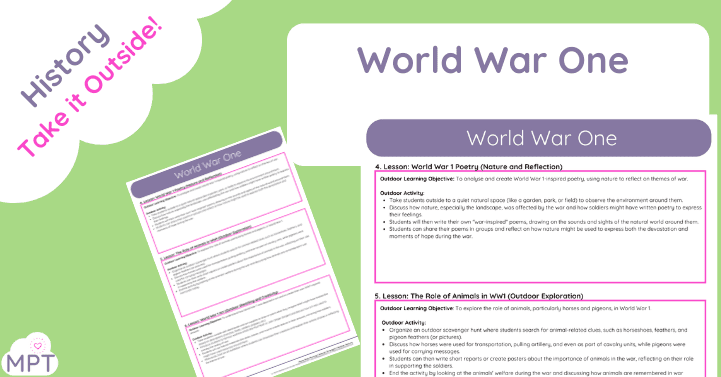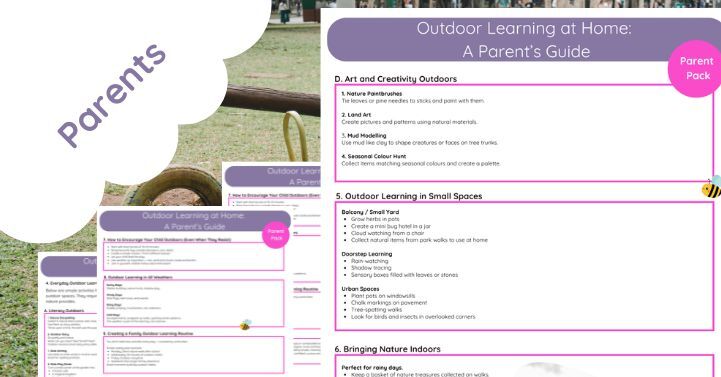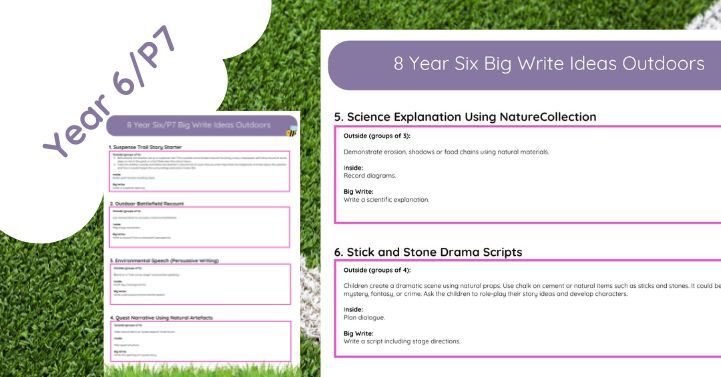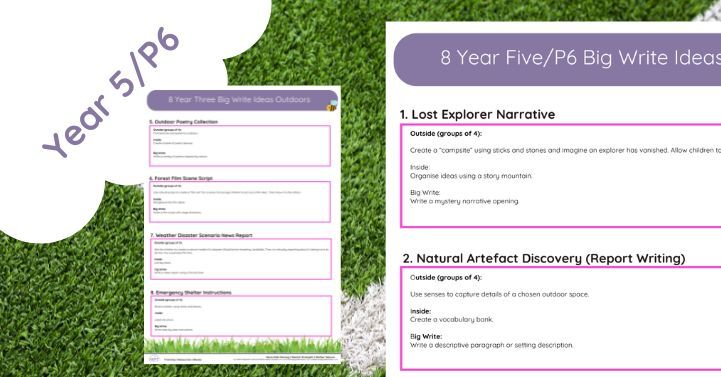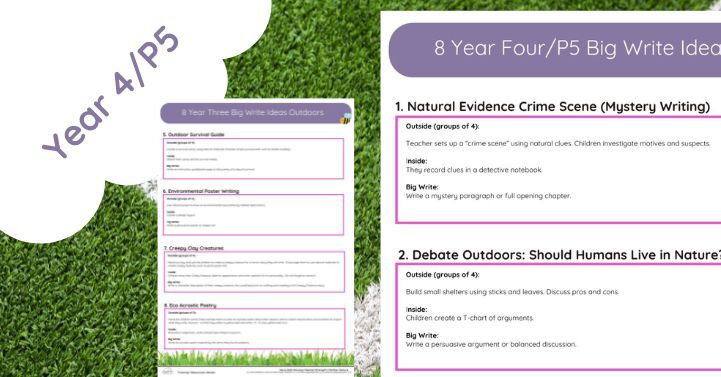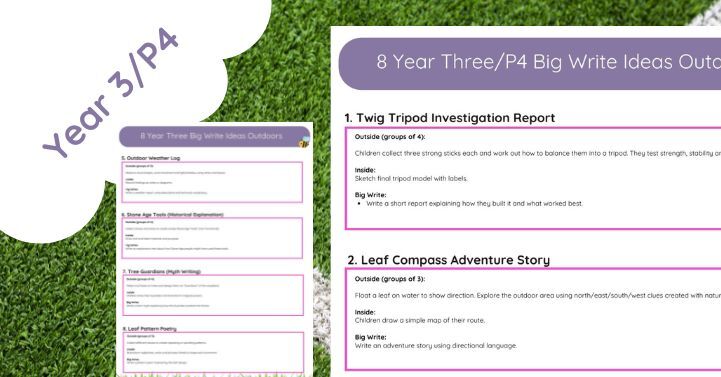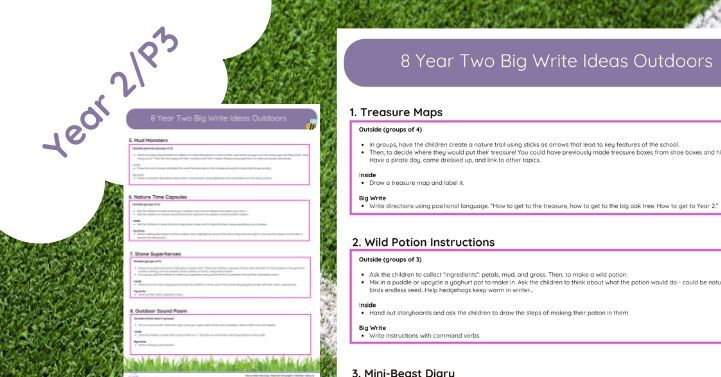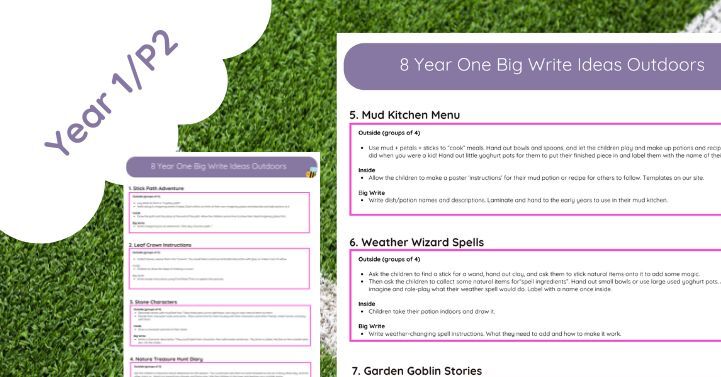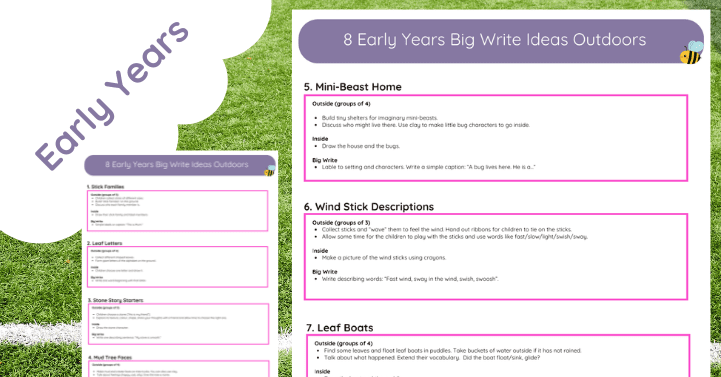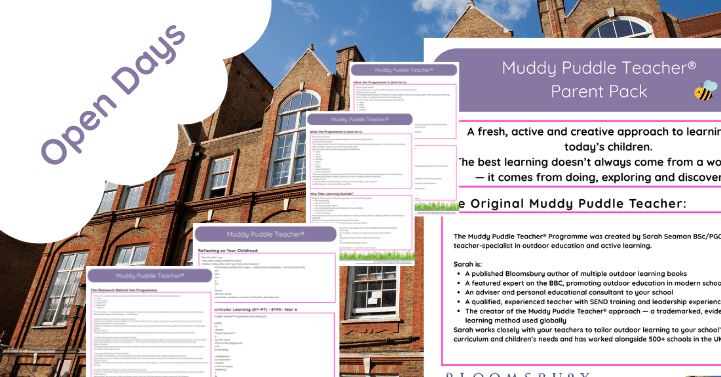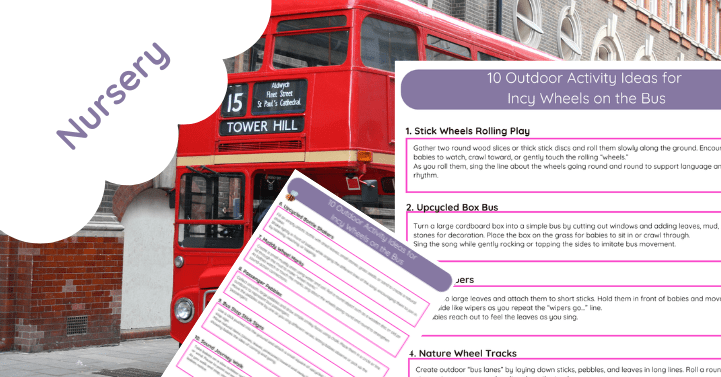World War One Outdoor Learning Lesson Plan
Engage Students with Hands-On History
Bring World War One history to life with our outdoor learning lesson plan, designed to immerse KS2 and KS3 students in an experiential approach to historical events. By stepping outside the classroom, students develop a deeper understanding of trench warfare, battlefield conditions, and the impact of the war through interactive, nature-based activities.
Key Features:
✔ Trench Warfare Re-enactment – Students use natural materials to design and build model trenches, understanding the challenges soldiers faced.
✔ Battlefield Navigation & Orienteering – Learn how soldiers relied on maps and compasses to move across difficult terrain.
✔ Codebreaking & Communication – Engage in outdoor Morse code activities, exploring how messages were secretly transmitted in wartime.
✔ Letters from the Front – Students write letters as if they were soldiers in the trenches, using outdoor reflection areas to enhance creativity.
✔ Poppy Field Art & Poetry – Inspired by war poets like Wilfred Owen, students create outdoor art and poetry to express emotions and reflections on the war.
Why Choose This Lesson Plan?
✔ Curriculum-Aligned – Fully supports KS2 & KS3 history objectives.
✔ Active & Engaging – Encourages hands-on learning and physical activity.
✔ Cross-Curricular Links – Incorporates history, geography, literacy, and art.
✔ Develops Critical Thinking – Encourages empathy, decision-making, and teamwork.
Perfect for teachers, homeschoolers, and outdoor educators, this WW1 lesson plan provides a fresh, immersive way to explore the Great War beyond traditional classroom methods.
Get your copy today and transform your history lessons into a hands-on, unforgettable experience!
Bring History to Life with Outdoor Learning
Teaching World War One (WW1) in a hands-on, immersive way helps students develop a deeper understanding of the experiences of soldiers, the impact of the war, and its lasting legacy. By taking history beyond the classroom, educators can engage students with outdoor learning techniques that make the past feel real and relatable.
Outdoor learning supports KS2 and KS3 history curriculum objectives, providing opportunities for active engagement, critical thinking, and cross-curricular learning. In this blog, we’ll explore WW1 lesson plan ideas using outdoor learning, perfect for history teachers, home educators, and outdoor learning specialists.
For structured outdoor history lesson plans, visit The Muddy Puddle Teacher.
WW1 Outdoor Learning Activities
1. Trench Warfare Re-Enactment
Create an interactive trench warfare experience by:
- Building model trenches using natural materials such as logs, soil, and leaves.
- Re-enacting daily life in the trenches, including communication methods, supply distribution, and patrols.
- Simulating the challenges soldiers faced, such as muddy terrain and limited visibility.
This activity develops historical empathy and critical thinking while integrating geography by discussing battlefield landscapes.
Explore outdoor history teaching techniques at Historic England.
2. Battlefield Navigation and Orienteering
WW1 soldiers relied on maps and navigation skills to move through unfamiliar terrain. Engage students with:
- Compass and map-reading exercises to teach military navigation techniques.
- An orienteering course simulating troop movements and supply routes.
- Codebreaking challenges linked to battlefield communication and trench maps.
This activity combines history, geography, and outdoor adventure skills, fostering teamwork and strategic thinking.
For cross-curricular outdoor learning activities, check out The Muddy Puddle Teacher’s outdoor lesson plans.
3. War Poetry and Reflection Spaces
WW1 inspired powerful poetry from Wilfred Owen, Siegfried Sassoon, and Rupert Brooke. Enhance literacy skills and historical understanding by:
- Creating an outdoor poetry space where students reflect on nature and war themes.
- Writing letters from the trenches, imagining the emotions and struggles of soldiers.
- Performing war poetry outdoors, using natural settings to deepen engagement with the text.
This activity integrates literacy, history, and emotional intelligence, helping students connect with the human impact of war.
For outdoor literacy activities, visit The Muddy Puddle Teacher’s outdoor phonics resources.
4. Poppy Field Art and Symbolism
The red poppy is an enduring symbol of remembrance and reflection. Engage students in a hands-on art project by:
- Painting outdoor poppy murals using natural materials.
- Creating poppy sculptures from clay, wood, or leaves.
- Exploring the significance of the poppy in WW1 memorials and remembrance traditions.
This creative activity integrates history, art, and outdoor exploration, helping students understand symbols of remembrance.
For more creative outdoor learning ideas, explore The Royal British Legion.
5. Outdoor Drama and Role-Playing
Dramatic re-enactments can help students step into the shoes of those who lived through WW1. Try:
- Recreating key wartime speeches and events.
- Acting out recruitment scenes, exploring the role of propaganda and enlistment.
- Staging a mock trench diary reading, where students perform personal accounts from soldiers.
Outdoor drama helps develop historical empathy, public speaking, and confidence while making history more engaging and memorable.
How to Incorporate Outdoor Learning into WW1 Lessons
Top Tips for Outdoor History Teaching
- Align with Curriculum Goals – Ensure activities meet KS2 & KS3 history objectives.
- Encourage Hands-On Participation – Let students physically engage with the landscape.
- Combine Subjects – Link history with literacy, art, and geography.
- Use All Seasons – Adapt lessons to work in different weather conditions.
- Reflect and Discuss – Encourage students to share thoughts and insights after activities.
For teacher training on outdoor learning strategies, check out The Muddy Puddle Teacher’s Outdoor Learning Training.


